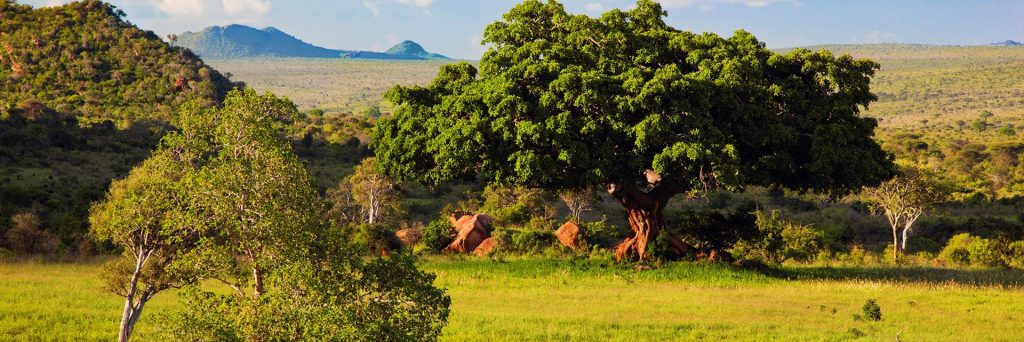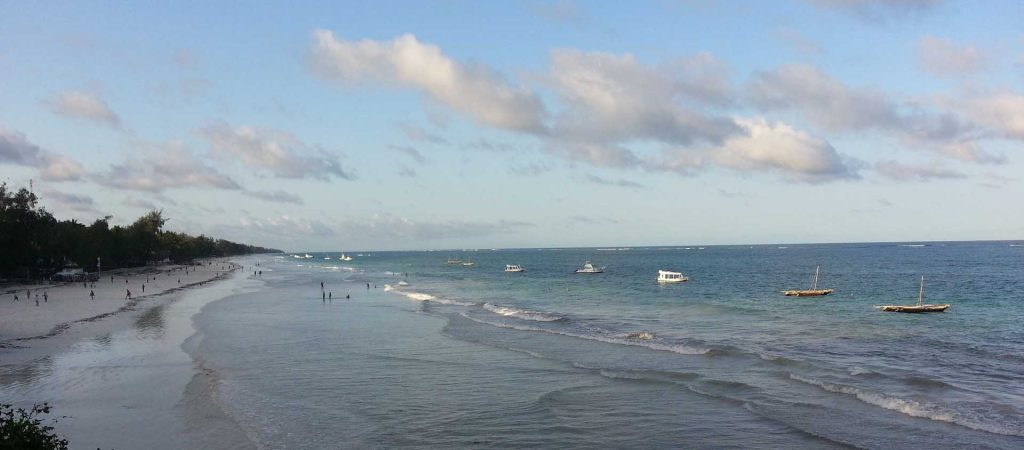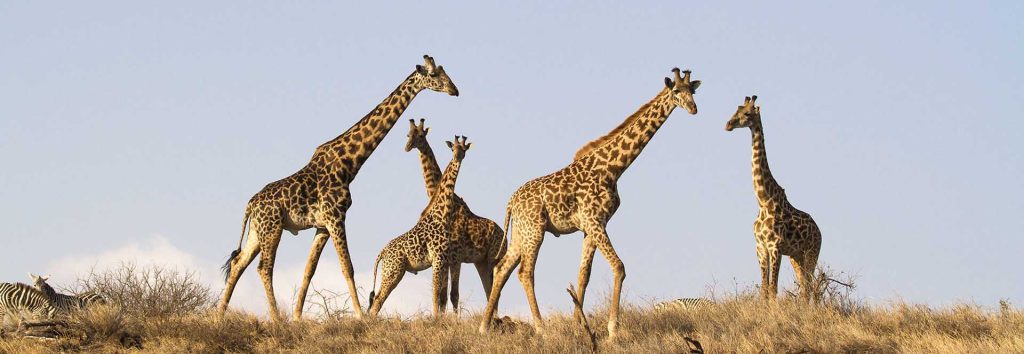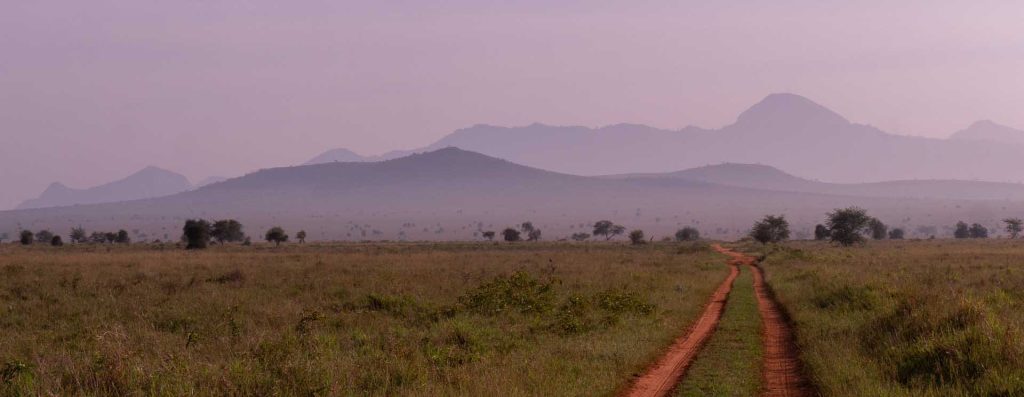Kenya Top Destinations
Tsavo East National Park
Tsavo East and Tsavo West National Parks collectively form the largest national park in Kenya, spanning an impressive area of nearly 22,000 square kilometers. In order to streamline administrative processes, Tsavo National Park was divided into east and west sections in May 1948. The park derives its name from the Tsavo River, which flows from west to east, and is renowned as a global stronghold for biodiversity.
Tsavo East stands out as the sole Kenyan park that allows night drives, offering visitors a unique experience. Although game viewing activities in this expansive park may require some patience, the rewards are truly remarkable. Seasoned safari guides possess extensive knowledge of the wildlife’s movements and migration patterns within Tsavo, ensuring an unforgettable adventure. Mudanda Rock, Yatta Plateau, and Lugard Falls are among the notable attractions found in Tsavo East.
The terrain in this region of Tsavo is predominantly flat, adorned with low, arid vegetation. Due to its proximity to the Kenyan coast, particularly Mombasa, the reserve is a popular choice for short safaris, allowing travelers to combine a mesmerizing East Africa beach vacation with an immersive bush experience.
By road:
The Mtito Andei Gate of the park is located 233 kilometers to the south of Nairobi and 250 kilometers to the north of Mombasa, along the main Nairobi-Mombasa Road. The distance between Nairobi and Mtito Andei is 233 kilometers, while the distance between Mtito Andei and Voi is 96 kilometers. Lastly, the distance between Voi and Mombasa is 153 kilometers. If you are coming from Malindi, you can take the western road (C103) and enter the park through the Sala gate.By Air:
Tsavo East National Park boasts a number of Airstrips, namely Vio, Aruba, Satao, Sala, Ithumba, Sangayaya, Mopeo, Bachuma, and Cottars.Tsavo East boasts a predominantly flat landscape, characterized by dry plains that are traversed by the Galana River. The park offers a variety of captivating attractions, including the Yatta Plateau, Lugards Falls, Mudanda Rock, and Aruba Dam. These water features provide a refreshing oasis-like environment, attracting a diverse range of wildlife.
Visitors to Tsavo East can expect to encounter the renowned Big 5 game animals. Additionally, the park is home to sought-after species such as the black rhino, hirola antelope, mongoose, giraffe, bat-eared fox, hyrax, Grevy’s zebra, ground pangolin, Sykes’s monkey, black-faced vervet monkey, and dik dik, among others. The area is also a haven for bird enthusiasts, with over 500 recorded bird species, including ostriches, kestrels, starlings, weaver birds, kingfishers, buzzards, hornbills, secretary birds, and herons.
One intriguing fact about Tsavo lions is their historical lack of manes, even among the males. This unique characteristic has unfortunately made them targets for hunting and resulted in the loss of many lion lives in Tsavo. While Kenya has implemented a ban on hunting for several years now, the proximity of Kenyan villages to the game reserves necessitates careful management of human-wildlife conflicts.
Kenya is situated on the equator, with Tsavo East National Park located a few degrees south in terms of latitude. The temperature remains relatively consistent throughout the year, although the amount of rainfall experienced varies. During the day, the tropical temperature ranges from 27-31°C (81-88°F), while at night it ranges from 22-24°C (72-75°F). The long rainy season in Kenya occurs from March to May, characterized by heavy rainfall, which makes it an unfavorable time for wildlife safaris. On the other hand, the short rainy season takes place from October to December, but the weather during this period is still suitable for safaris, although occasional afternoon showers can be expected. From December to April, the humidity levels are high.






